Our 'old' coots
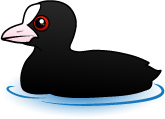 When we lived in Leiden, there were Eurasian Coots, also called Common Coots, living all over the Singel (the canal or moat surrounding the city). This was one species of bird we saw nearly every day. Here's an arial view of Leiden, from Google Maps. You can see the zig-zag shape of the Singel going around the city. The old city walls used to follow the water around the city. (Our house was in the upper right corner of the map, just outside of the Singel)
When we lived in Leiden, there were Eurasian Coots, also called Common Coots, living all over the Singel (the canal or moat surrounding the city). This was one species of bird we saw nearly every day. Here's an arial view of Leiden, from Google Maps. You can see the zig-zag shape of the Singel going around the city. The old city walls used to follow the water around the city. (Our house was in the upper right corner of the map, just outside of the Singel)
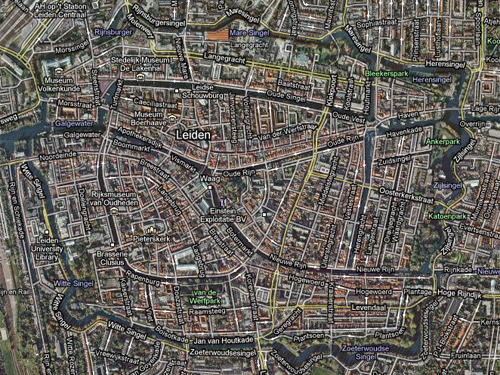
Anyway, if you walked along the Singel virtually any time of year, you could find coots in the water or in the parks just off shore. They stayed all year round, but in the spring you really noticed them because they were always fighting, aggressively defending their territory. And they were busy busy busy constructing nests, usually surrounded by water, attached to some piece of garbage in the water (most likely a sunken bicycle or shopping cart), or along the water's edge. It was fun to watch them build their nests, which would be made up of primarily vegetation, but also pieces of paper, plastic bags and other found garbage.
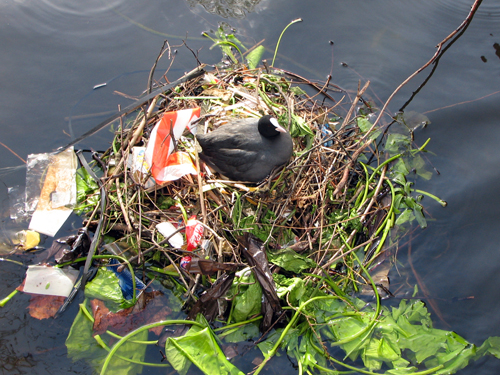
It was also so much fun to watch them with their babies. Coot babies (I call them cooties) are precocial, which means they are relatively mature from the moment they hatch. We would see very tiny coots swimming behind adults in the water, bouncing in the gentle wake of their parents. The very young ones would try to dive down for food like their parents, but they were too small and much too buoyant to stay under for any amount of time. They would just pop up immediately.
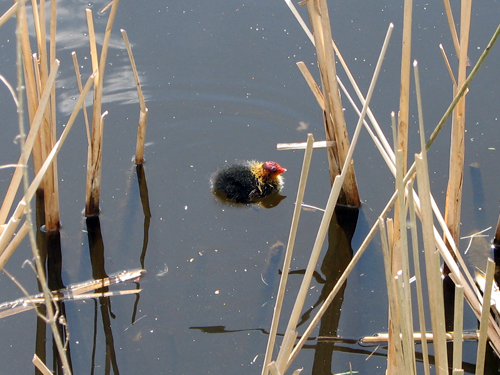
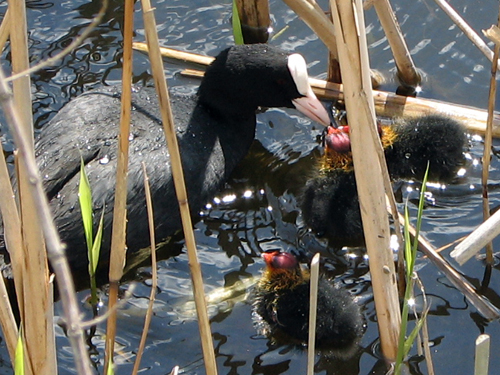
Once the breeding season was over, and the babies were taking care of themselves, the coots were more convivial. Large groups of adult and juvenile coots would feed together and no arguments would break out as they swam around the Singel. We would also see coots when we went birding out of Leiden. They don't call them Common Coots for nothing; they are fairly widespread all across Europe.

Common Coots are one of our favorite birds and I'm glad we finally have a Birdorable version of this species! Be sure to check out our shop for the new Birdorable Eurasian Coot gear.








Comments
Leave a comment
Thank you!